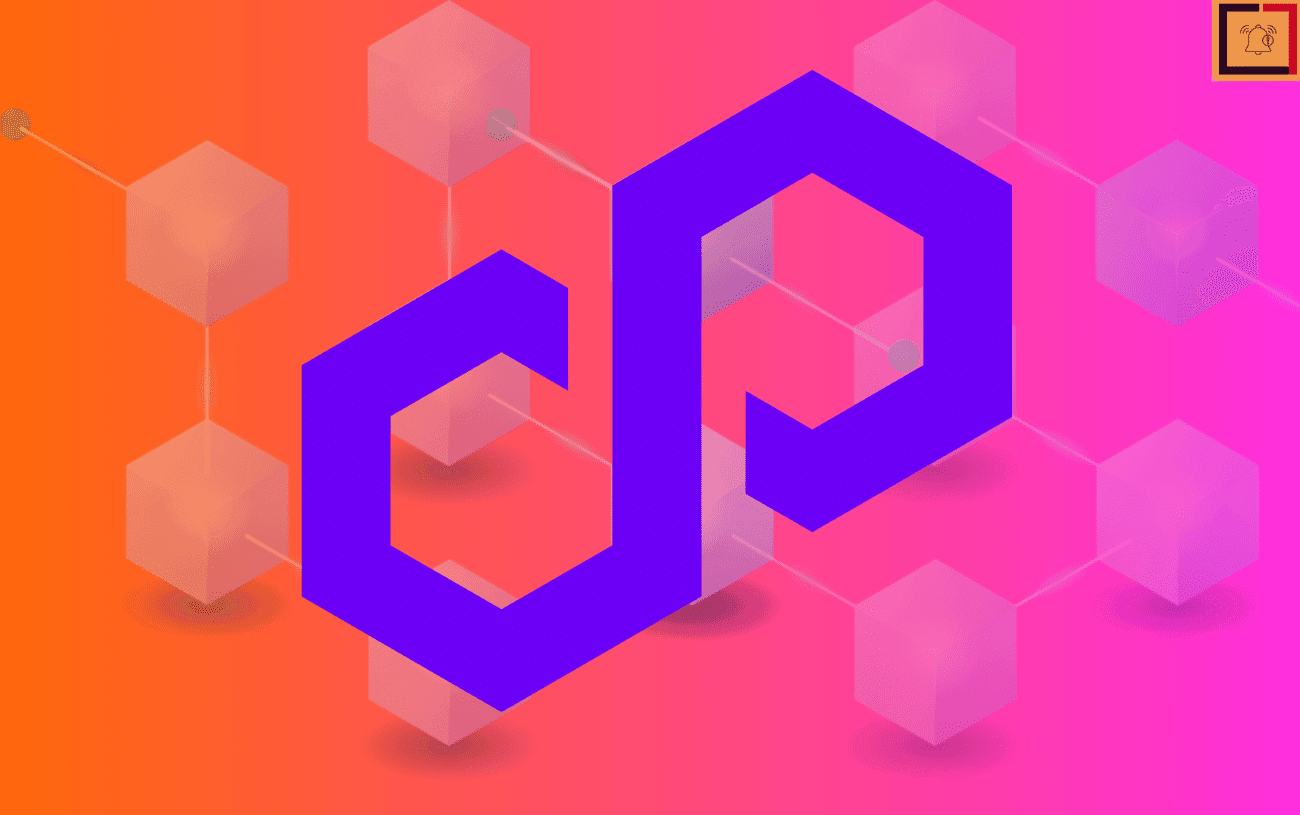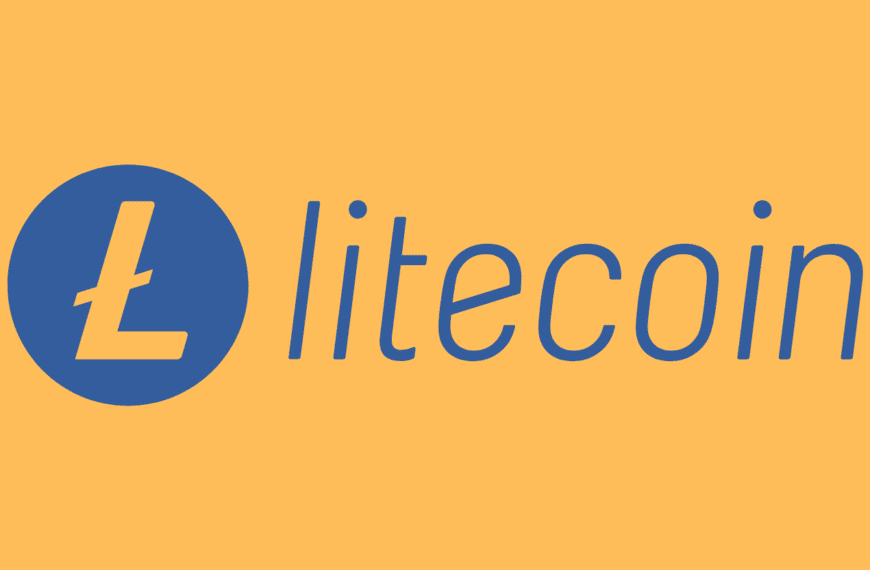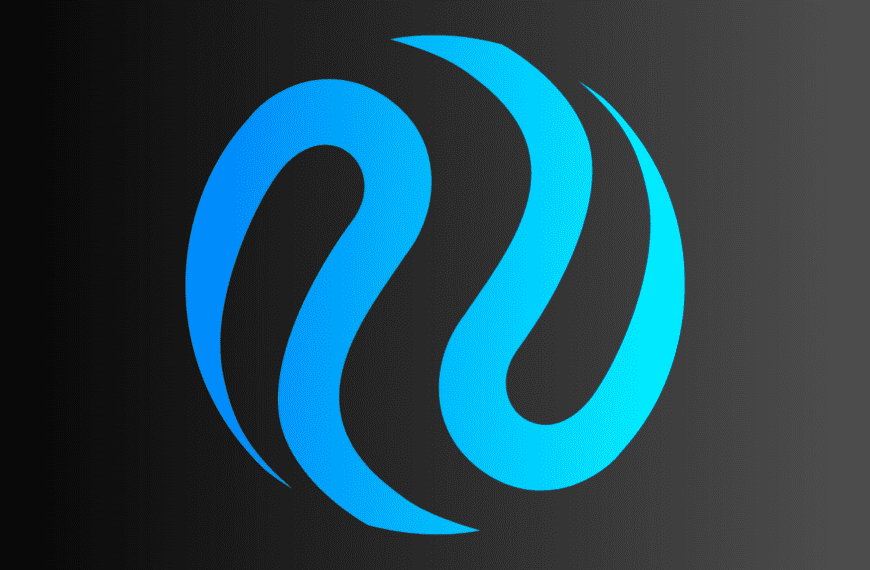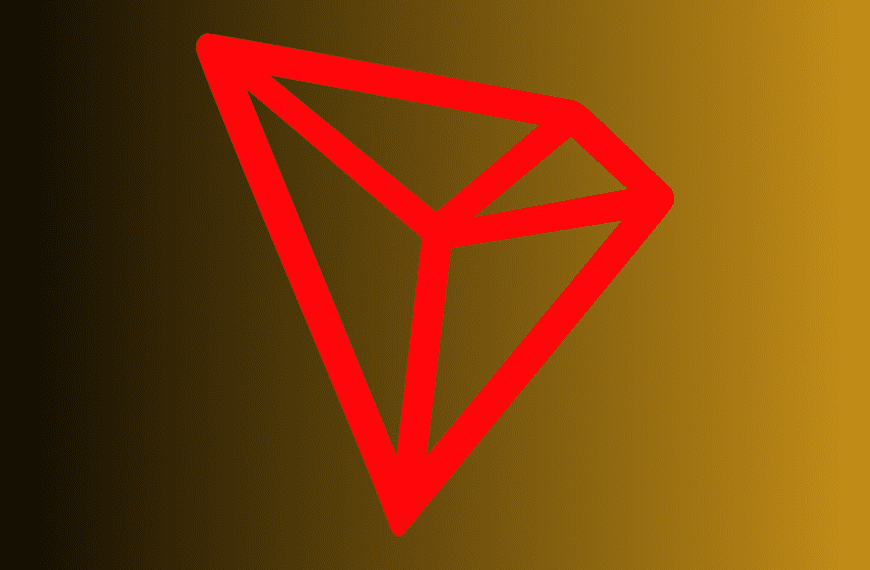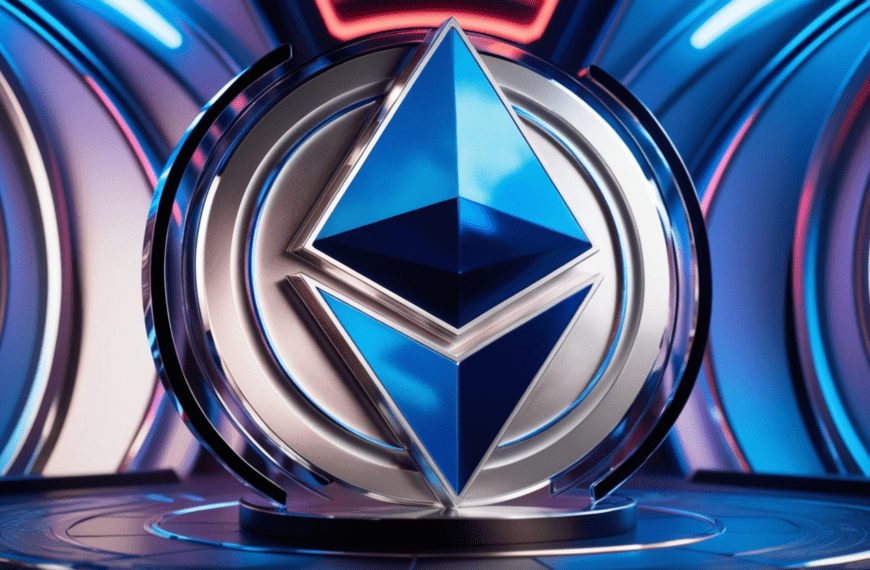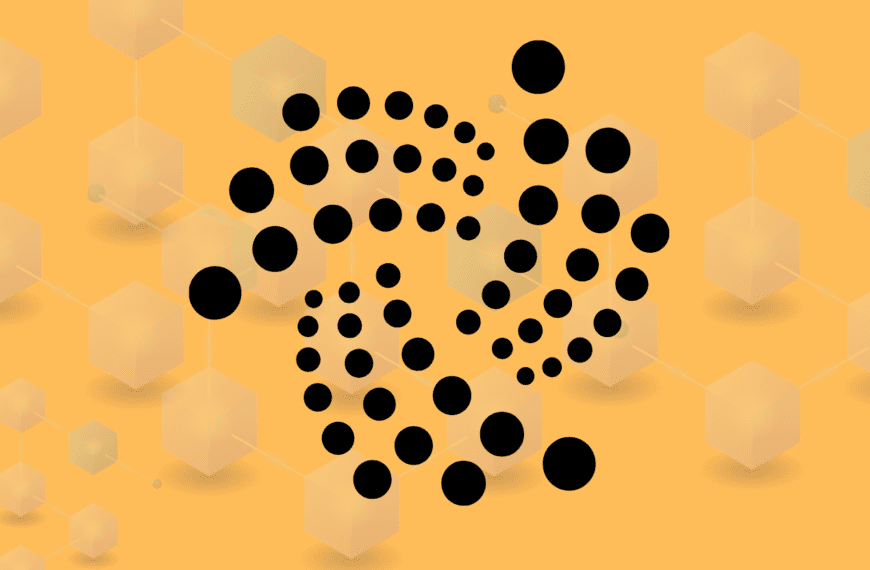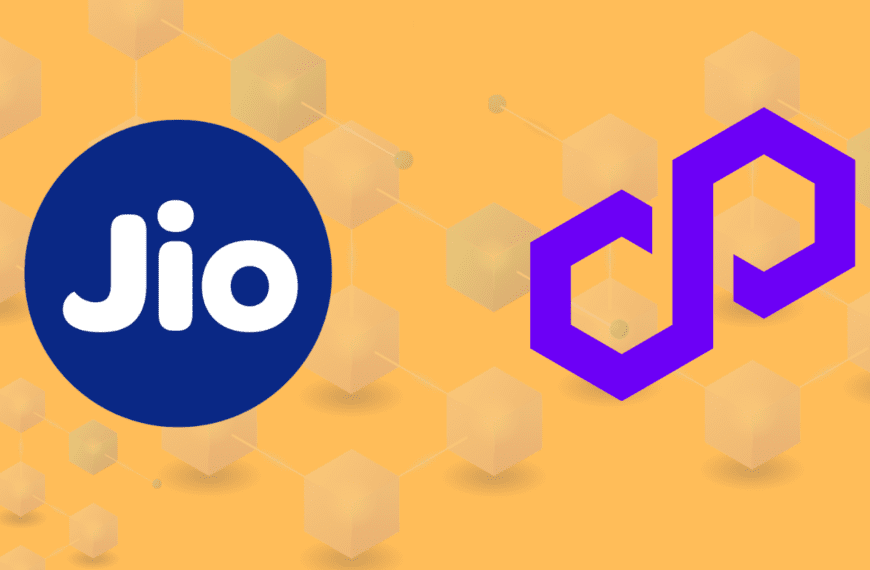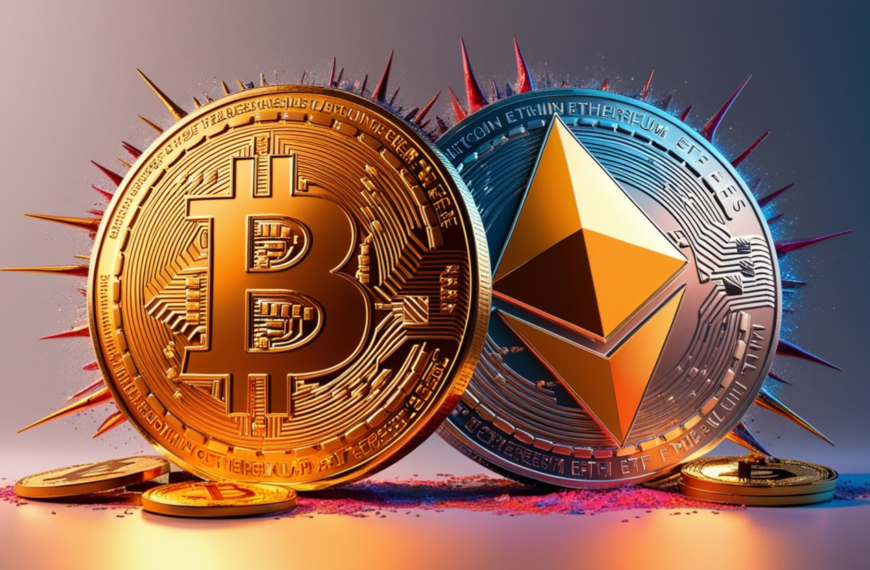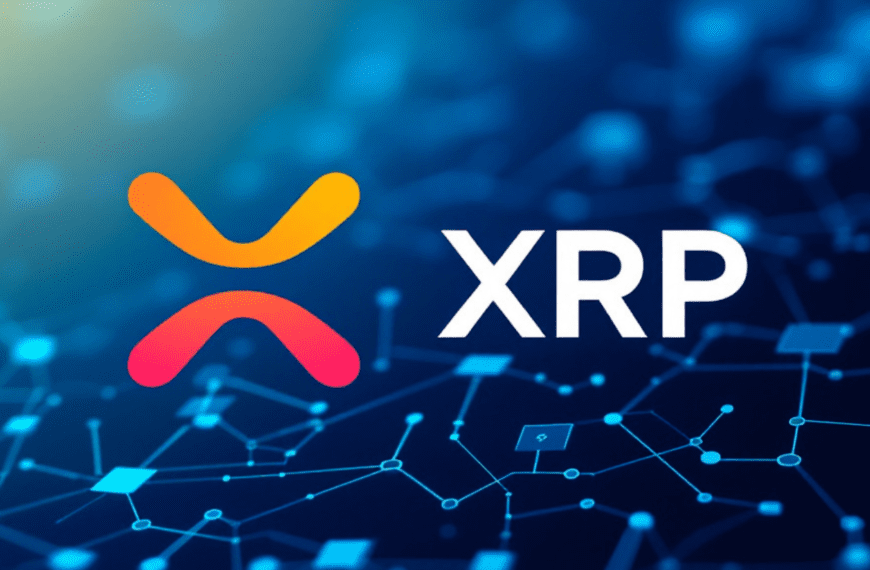What is Polygon (Matic)?
Polygon, formerly known as Matic Network, is a platform designed to solve the scalability issues faced by the Ethereum blockchain. Ethereum, one of the most widely used blockchains for decentralized applications (dApps) and smart contracts, has been facing problems like high transaction fees and slow processing times, especially during times of heavy use. Polygon aims to provide a solution by enhancing the Ethereum network’s performance while maintaining its security and decentralization.
Polygon is a layer-2 scaling solution. This means it works on top of the Ethereum blockchain, helping to improve its efficiency and speed. The idea behind Polygon is to make Ethereum more accessible by reducing the costs and increasing the speed of transactions. It does this by using various technologies to create sidechains, which are separate chains that connect to the main Ethereum blockchain.
History and Founders of Polygon
Polygon was founded in 2017 by three Indian software engineers: Jaynti Kanani, Sandeep Nailwal, and Anurag Arjun. The team initially launched the Matic Network with the goal of improving Ethereum’s scalability and making blockchain technology more accessible to developers.

Matic Network was rebranded as Polygon in 2021 to reflect its broader vision of becoming an ecosystem that supports multiple layer-2 scaling solutions for Ethereum. The name Polygon was chosen to represent the platform’s ability to support a wide variety of scaling solutions, rather than focusing only on the Matic sidechain.
Since its rebranding, Polygon has become one of the most popular scaling solutions for Ethereum, and its native token, MATIC, has gained significant value in the cryptocurrency market.
How Does Polygon Work?
Polygon works as a layer-2 solution on top of the Ethereum blockchain, improving its scalability. It uses a variety of technologies to achieve faster and cheaper transactions, which helps address Ethereum’s limitations. Here’s how it works in more detail:
- Layer-2 Scaling: Polygon is considered a layer-2 solution because it operates on top of the Ethereum network. Layer-1 refers to the main Ethereum blockchain itself. Layer-2 solutions like Polygon are built on top of Ethereum and interact with it to improve performance. Polygon helps offload some of the transaction load from Ethereum, reducing congestion and improving the overall user experience.
- Sidechains: One of the key features of Polygon is its use of sidechains. A sidechain is an independent blockchain that is connected to the main Ethereum blockchain. Sidechains can process transactions and run decentralized applications (dApps) without overloading the Ethereum mainnet. Polygon has its own network of sidechains that help Ethereum process more transactions.
These sidechains operate with their own consensus mechanisms, meaning they can confirm transactions quickly and without waiting for confirmation from the Ethereum mainnet. However, they still rely on the Ethereum blockchain for security and finality. This allows Polygon to process transactions at a much faster rate and at lower costs.
- Plasma: Polygon uses a technology called Plasma to enhance scalability. Plasma is a framework that allows the creation of child chains connected to the Ethereum mainnet. These child chains can handle a large number of transactions without burdening the Ethereum network. By using Plasma, Polygon can offload most of the transaction processing, ensuring that Ethereum’s mainnet does not become congested.
- Commit Chain and Proof-of-Stake: The Polygon network relies on a commit chain architecture. This means that transactions are first processed on Polygon’s sidechains before being committed to the Ethereum mainchain. Validators on the network confirm transactions and secure the sidechains using a Proof-of-Stake (PoS) consensus mechanism. In PoS, validators are chosen based on the amount of cryptocurrency (MATIC tokens) they have staked as collateral.
Validators earn rewards for confirming transactions and ensuring the security of the network. The PoS mechanism ensures that the network remains decentralized, secure, and efficient while being much more energy-efficient than other consensus mechanisms like Proof-of-Work (PoW).
- Security Model: Polygon leverages Ethereum’s security model while also adding its own. While sidechains on Polygon handle the bulk of the transaction load, the network still relies on Ethereum’s mainnet for final settlement. This gives Polygon the benefit of Ethereum’s large and secure ecosystem while also ensuring that transactions on Polygon are secure and reliable.
- Transaction Speed and Cost: One of the biggest advantages of using Polygon is its ability to offer faster and cheaper transactions compared to the Ethereum mainnet. The high demand on Ethereum often leads to network congestion, which can increase transaction fees and slow down processing times. With Polygon, users can conduct transactions with lower fees and faster speeds, making it a more practical solution for everyday use.
Key Features of Polygon
- Scalability: Polygon allows Ethereum to scale more efficiently. By using sidechains and technologies like Plasma, Polygon can process thousands of transactions per second (TPS), whereas Ethereum can only handle around 30 TPS. This makes Polygon an ideal solution for developers who want to build scalable dApps without being limited by Ethereum’s performance.
- Interoperability: One of Polygon’s core features is interoperability. This means that applications built on Polygon can communicate with other blockchains and decentralized platforms. As Ethereum is the most widely used blockchain for smart contracts, interoperability ensures that Polygon can easily connect with a wide variety of projects in the blockchain ecosystem.
- Developer-Friendly: Polygon is designed to be developer-friendly. It provides a variety of tools and software development kits (SDKs) that make it easy for developers to create dApps and smart contracts. Developers who are already familiar with Ethereum can easily migrate their existing projects to Polygon, as the platform is compatible with Ethereum’s existing tools, such as the Ethereum Virtual Machine (EVM).
- Security: Polygon uses a hybrid security model that combines the security of Ethereum with its own Proof-of-Stake (PoS) mechanism. Validators on the network are incentivized to behave honestly, and they are penalized for any malicious activity. This ensures that the network remains secure while also benefiting from Ethereum’s security layer.
- Low Transaction Fees: Polygon’s sidechain architecture allows it to keep transaction fees much lower than Ethereum’s. Users do not have to worry about the high fees that often occur on Ethereum, especially during times of heavy traffic. Lower fees make Polygon an attractive option for developers and users who need fast, affordable transactions.
The Polygon (MATIC) Token
The native token of the Polygon network is called MATIC. MATIC is used for a variety of purposes within the Polygon ecosystem, including:
- Staking: Validators use MATIC tokens to stake on the network. Staking helps secure the network and ensures that validators act honestly. In return for their work, validators earn MATIC tokens as rewards.
- Governance: MATIC holders can participate in the governance of the Polygon network. This means that MATIC holders can vote on proposals related to the future development of the network, such as changes to the protocol or updates to the platform.
- Transaction Fees: MATIC tokens are also used to pay for transaction fees on the Polygon network. While transaction fees on Polygon are much lower than those on Ethereum, users still need to use MATIC to pay for these fees.
- Incentives: MATIC is used to incentivize developers, validators, and other participants in the network. This creates a strong economy around the Polygon ecosystem, which helps to encourage growth and development.
Benefits of Using Polygon
- Faster Transactions: One of the main benefits of using Polygon is the speed of transactions. Polygon’s sidechain architecture allows it to process transactions quickly, reducing delays that often occur on the Ethereum mainnet.
- Lower Costs: Polygon offers significantly lower transaction fees compared to Ethereum. This makes it a more affordable solution for users who want to interact with decentralized applications.
- Ethereum Compatibility: Polygon is fully compatible with Ethereum, which makes it easy for developers to migrate their dApps to Polygon. This also means that Polygon benefits from Ethereum’s large ecosystem and security model.
- Scalability: With its ability to process thousands of transactions per second, Polygon can scale to meet the needs of dApps and decentralized finance (DeFi) platforms. This helps Ethereum’s ecosystem grow without being limited by network congestion.
- Developer Ecosystem: Polygon’s developer ecosystem is growing rapidly. Developers have access to a wide range of tools, libraries, and documentation that make it easy to build and deploy dApps. Polygon’s compatibility with Ethereum ensures that developers can continue using their existing skills and knowledge.
Challenges and Future of Polygon
While Polygon offers many advantages, it does face some challenges. One challenge is the competition from other layer-2 solutions and blockchains that are also focused on scalability and performance. Ethereum itself is also working on scaling solutions like Ethereum 2.0, which could reduce the need for platforms like Polygon.
However, Polygon’s focus on providing a flexible and developer-friendly platform for Ethereum dApps positions it well for future growth. As Ethereum continues to evolve and demand for decentralized applications increases, Polygon’s role in scaling Ethereum will likely become even more important.
Conclusion
Polygon (Matic) is a powerful scaling solution for Ethereum, designed to address the network’s limitations in terms of speed, scalability, and cost. By using sidechains, Plasma, and a Proof-of-Stake consensus mechanism, Polygon enables faster and cheaper transactions while maintaining the security and decentralization of Ethereum.
With a strong team of founders, a growing ecosystem, and a wide range of tools for developers, Polygon has become one of the most popular platforms for building decentralized applications. Its native token, MATIC, plays a crucial role in the network’s governance, staking, and transaction fees.
Disclaimer: The content provided here is for educational purposes only and is intended to raise awareness about cryptocurrency and blockchain technology. It should not be considered as financial or investment advice. Before investing in any cryptocurrency or token, we strongly encourage you to conduct thorough research, understand the associated risks, and make informed decisions (DYOR – Do Your Own Research). For detailed guidance, consult a qualified financial advisor.
